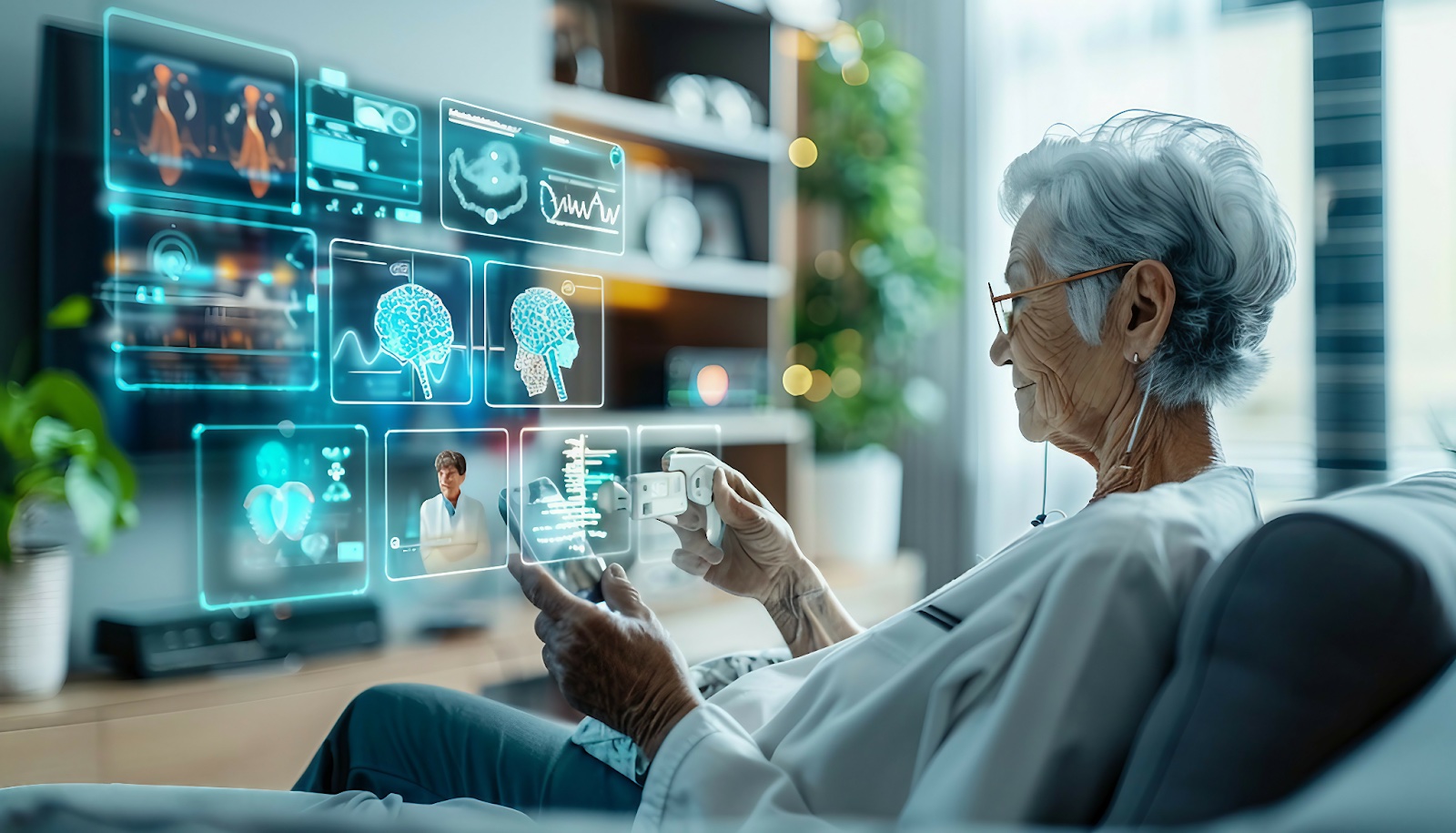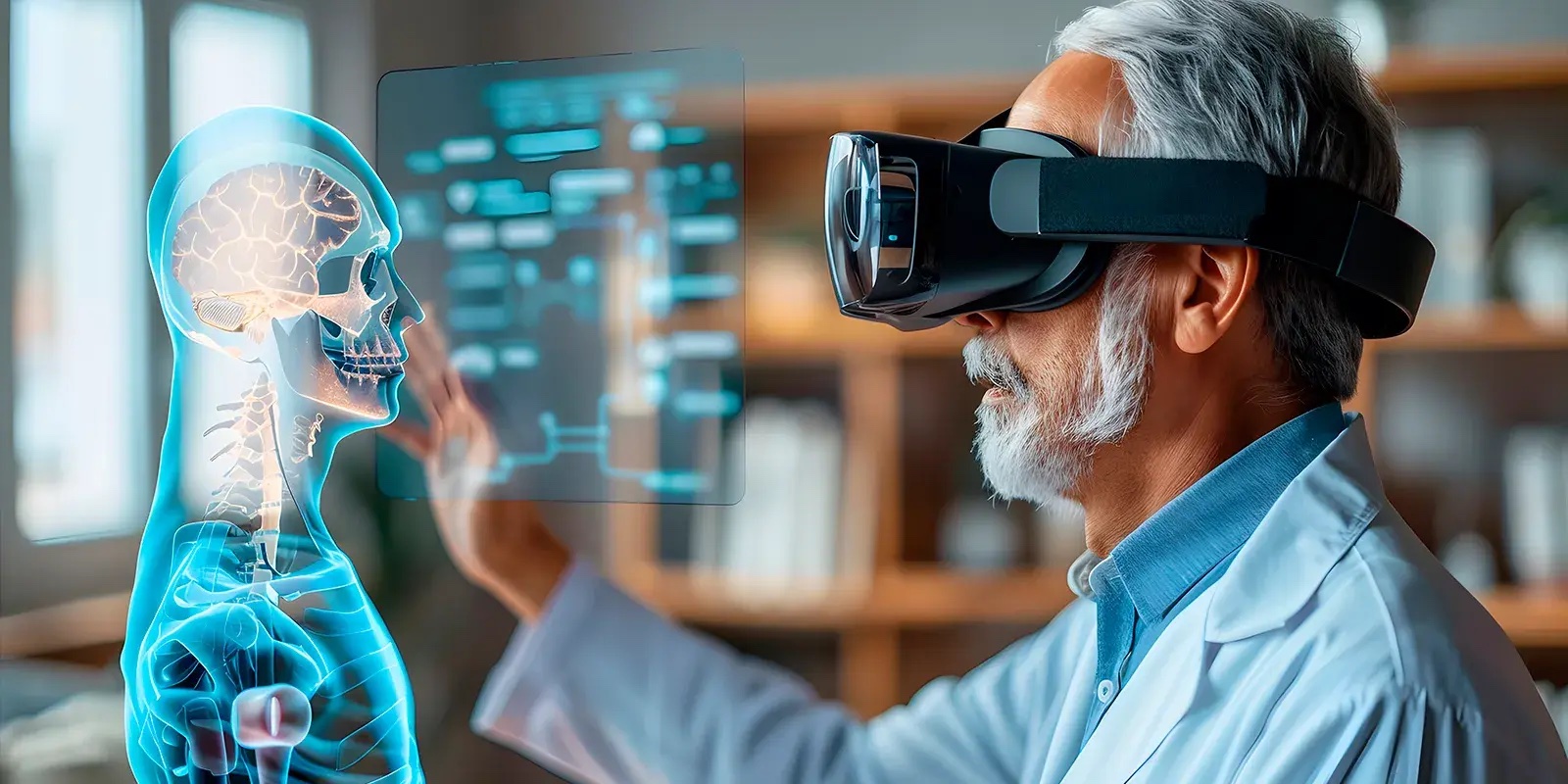When we first began exploring Singapore’s potential for AI-powered devices, one thing became immediately clear: the city-state’s digital infrastructure and forward-thinking policies made it the perfect testbed for next-generation communication technology.
With a smartphone penetration rate of 97 percent – the highest in Southeast Asia – and a robust commitment to digital transformation, Singapore exemplifies the future we envision for human-AI interaction.
A critical challenge lies at the heart of this transformation: how do we enable AI-powered devices to communicate naturally and reliably in real-time? This article explores how advances in communication technology address these challenges and transform how humans interact with AI devices across Singapore.
The real-time communication challenge

Having worked with developers across Asia, I’ve seen firsthand how AI-driven applications push the limits of real-time communication. Singapore, already a leader in connectivity, has achieved impressive latency figures – with broadband latency averaging 22ms and mobile networks reaching as low as 9ms. Yet, the next frontier isn’t just about reducing response times further. It’s about making AI interactions feel even more human-like.
This need becomes apparent in everyday urban life. Despite its advanced traffic management systems, morning commuters in 2023 still experienced an additional 6-minute delay per 10 km traveled, with peak-hour congestion extending this to 10 minutes. These challenges illustrate that while Singapore’s digital infrastructure is robust, real-time responsiveness in AI-driven automation and optimization still has room for improvement.
To enable AI to seamlessly integrate into human interactions, three fundamental factors are essential:
- Ultra-low latency: AI must respond instantly, without perceptible delay.
- High reliability: Even in congested networks or high-traffic environments, AI applications must function smoothly.
- Seamless integration: AI and smart devices must work effortlessly across different platforms and urban applications.
Through our work at Agora, we’ve discovered that achieving sub-10ms latency and 99.99 percent uptime can be a game-changer for AI-driven services. These benchmarks aren’t just about speed—they define how naturally AI can engage with users. Even at 9ms latency, an AI assistant that processes real-time speech, gestures, or intent still needs predictive algorithms and edge computing to feel truly interactive.
Recent advances in software-defined networking, AI-powered bandwidth optimization, and edge computing are making this possible. These innovations are unlocking new opportunities for smart device applications in Singapore’s sophisticated digital ecosystem—where AI interactions feel instant, adaptive, and human-like.
Innovation in action

What excites me most is witnessing firsthand how these technological advancements are already transforming multiple sectors across Singapore.
For instance, in education, I’ve watched smart tutoring robots adapt their teaching styles in real-time based on student responses. These aren’t just pre-programmed machines – they’re interactive learning companions that can recognize emotional cues and adjust their approach accordingly, creating a more engaging and effective educational environment.
In healthcare, we’re seeing even more compelling applications. A linguistically diverse city like Singapore means multilingual telehealth is essential for seamless patient care. AI-powered solutions now bridge critical gaps, enabling virtual consultations, mental health support, and remote monitoring. With real-time video, voice, and chat, healthcare providers can connect with patients in their preferred language.
At Agora, we’ve seen how low-latency, secure, and HIPAA-compliant telehealth enhances efficiency and inclusivity, making healthcare more accessible and natural for Singapore’s diverse population.
Looking ahead
As Singapore continues its Smart Nation journey, I see tremendous potential for innovation in human-AI interaction. The key to success lies in creating technology that feels natural and seamless – where the complexity of real-time communication fades into the background, letting users focus on the interaction itself.
However, challenges remain. Voice recognition in noisy environments, latency in AI responses, and integration complexity are hurdles we’re actively working to overcome. Our approach focuses on:
- Developing more sophisticated noise suppression technology
- Optimizing edge computing for faster response times
- Expanding our support for diverse hardware platforms
- Streamlining development tools for faster deployment
The path forward
Singapore’s unique position as a smart nation pioneer and technology hub makes it an ideal environment for advancing AI-powered innovation. Based on our experience, the success of these initiatives depends not just on technological capability, but on creating solutions that genuinely enhance daily life.
As we continue to push the boundaries of what’s possible in real-time communication, our focus remains clear: enabling natural, reliable interactions between humans and AI devices. This isn’t just about building faster networks or more powerful processors – it’s about creating the foundation for a future where technology seamlessly integrates into our daily lives.
Singapore is already leading this transformation, and I’m excited to be part of shaping its next chapter. Through continued innovation in real-time communication technology, we’re not just building smarter devices – but creating more intuitive, responsive, and human-centric ways of interacting with technology.
 Lawrence Wu is the Head of Digital Innovation at Agora, a company specializing in real-time engagement technology. He holds a Master’s degree in Industrial Engineering and Engineering Management from National Tsing Hua University and a Bachelor’s degree from National Cheng Kung University.
Lawrence Wu is the Head of Digital Innovation at Agora, a company specializing in real-time engagement technology. He holds a Master’s degree in Industrial Engineering and Engineering Management from National Tsing Hua University and a Bachelor’s degree from National Cheng Kung University.
Before joining Agora, Lawrence held sales and management positions in various technology companies, where he focused on driving business growth and forging strategic partnerships. His experience in these roles has equipped him with a deep understanding of market dynamics and customer needs, positioning him as a key contributor to Agora’s expansion into the IoT sector.
At Agora, Lawrence is responsible for leading digital transformation initiatives and driving innovation in real-time engagement solutions. His strategic vision and leadership have been instrumental in establishing Agora as a strong player in the real-time communication industry.

